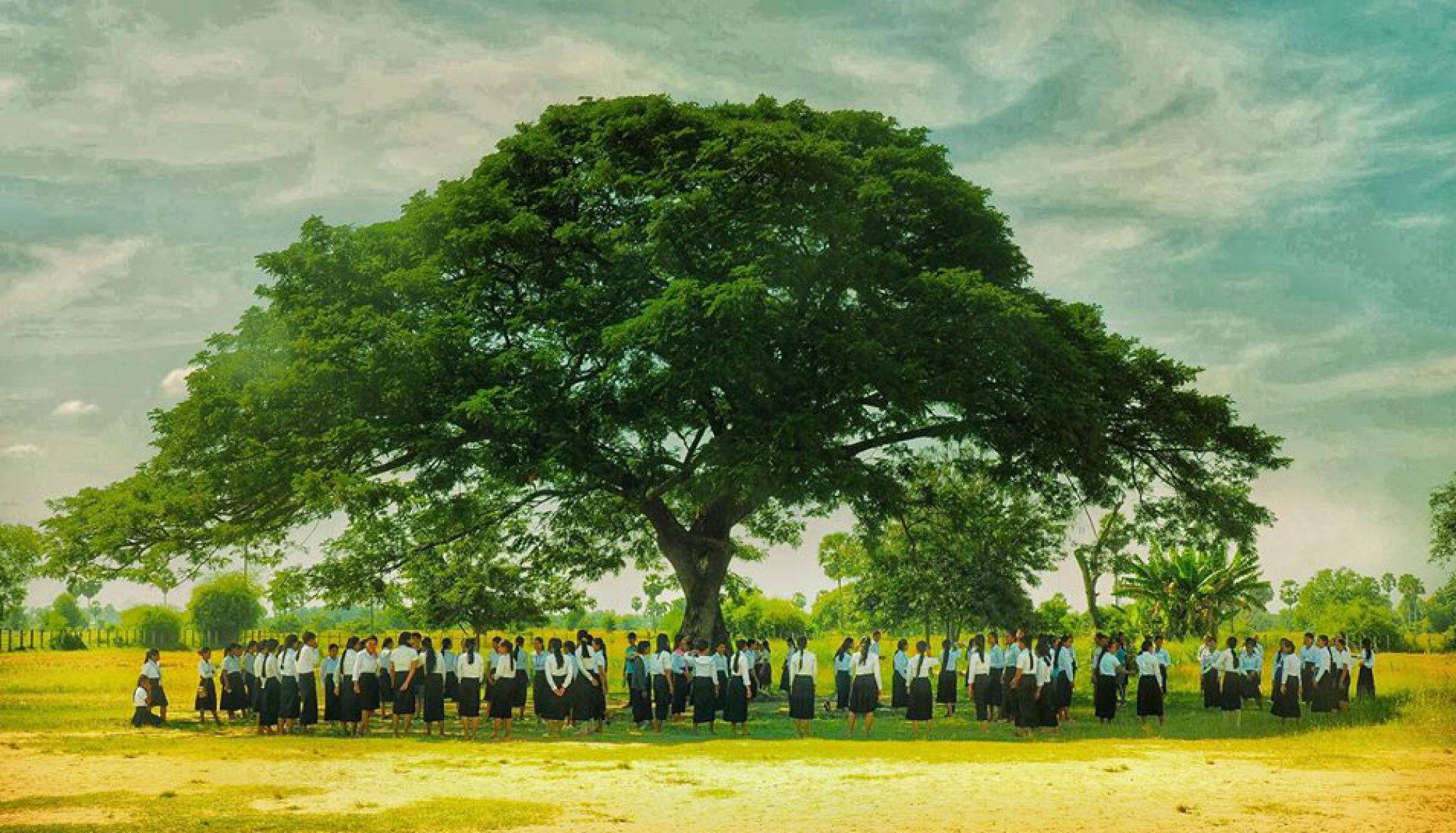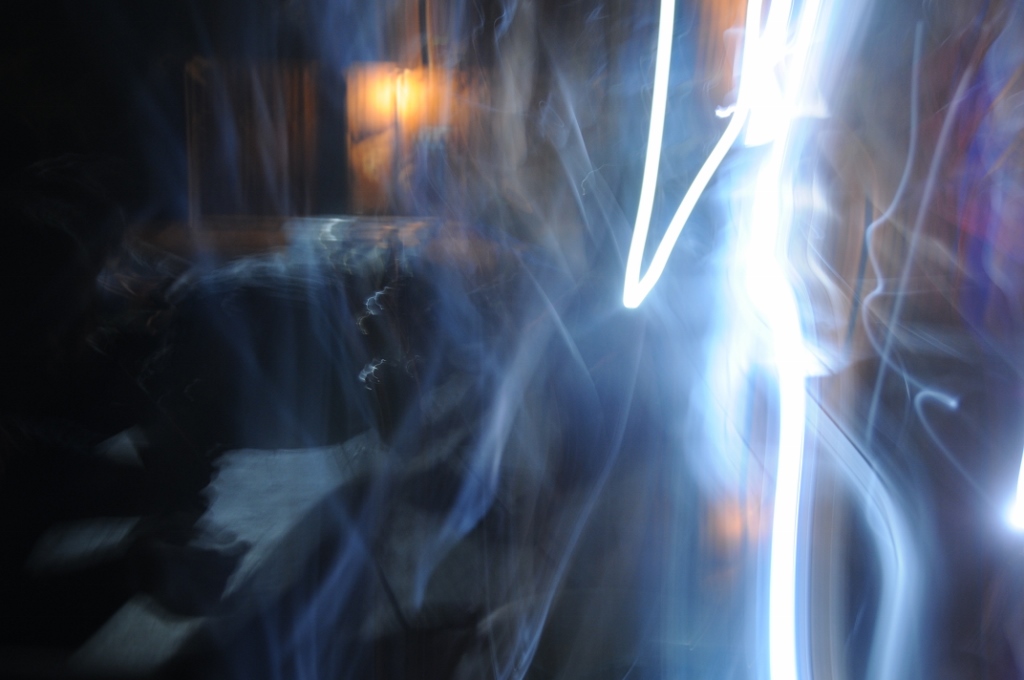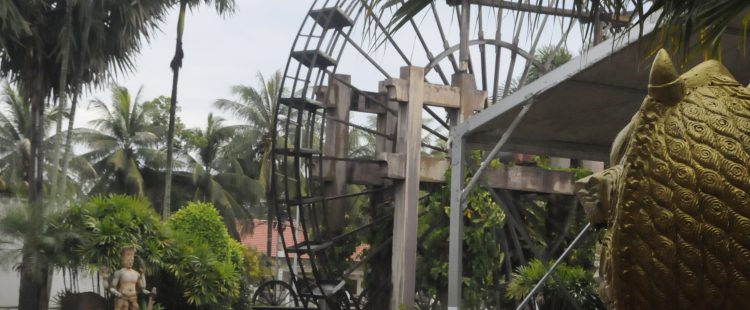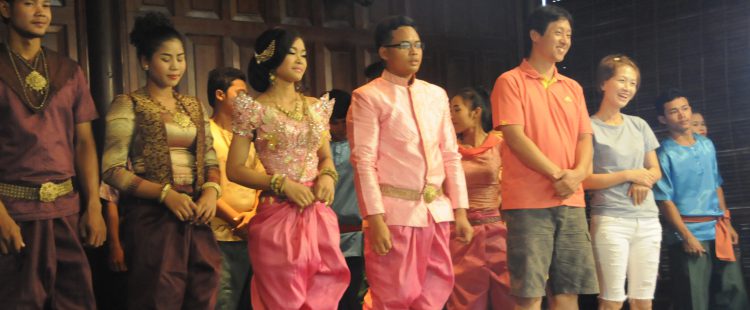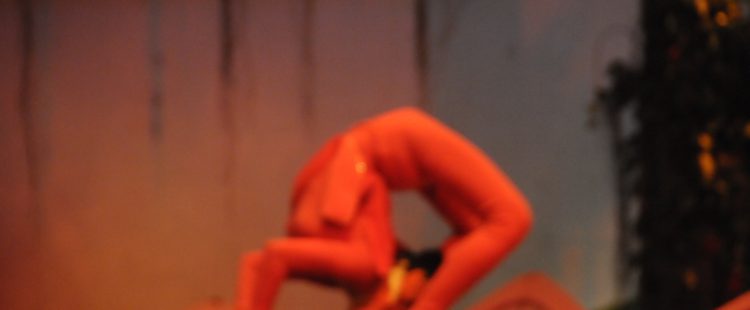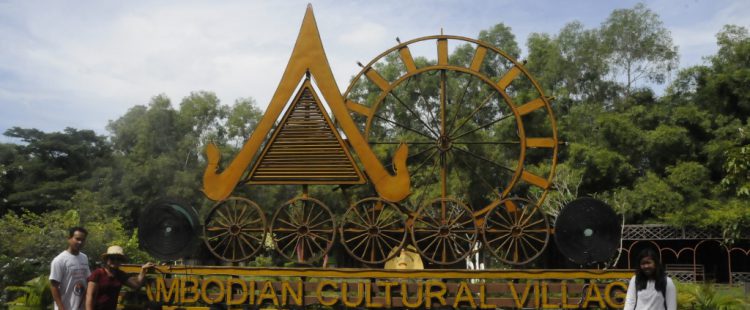Spray or not to Spray? This is the essential question of my first exploration in the 6th year learning at the Liger Leadership Academy. In this exploration, we learned about different pesticides and the effect to the public health. We did a lot of online research and traveled to different places to further our understanding of the topic. As a final product, our exploration created a magazine with 11 unique articles that related to the pesticide in Cambodia and effect of it. I wrote one of the 11 articles on the nervous system. My article is about how pesticide (pyrethroids) affect the nervous system of the insects. I am really proud of myself and the whole group that we have created a magazine that people can read and learn from it.
Waste Management – Exploration
In my life I always talk about the ways that I can change Cambodia. In this exploration I have learned and know how to make change for my country while I am also earning profit from it. This exploration is really help me to realize how difficult is it to start up a business. Before we start the business we need to research and making a feasibility study. Feasibility study is the study of a start up business to know if your business will make profit or it feasible. Every businesses should do the feasibility study before they start their business because they do not need to waste time and waste their money if the business is not feasible. I was working in Economic Feasibility section in our feasibility study booklet and it is a whole new idea for me. Our team also visited a school that made our of plastic bags, car’s wheels, and threw away glass bottles. I hope that Cambodia will implement this types of school and building in our society. I really proud of all the works that I did and also the work that we did together as a team. In conclusion from our feasibility study I think our business is feasible if we want to run it in the future.
Interior Design Exploration
In this round of exploration, students get a chance to create their own exploration about any thing they want to. For my exploration in this round is Interior Design. We have six members, three girls and three boys. In this exploration is 100% students lead. We have two facilitators to help us on anything that we need. We asked our director to design a room in our school for the staff house. Most people said interior design is easy, but it’s not. We use a program called Floor Planner. First it was a bit hard to use it, but for a few days it comes along. In our jobs we divided into three segments, there are kitchen+dining room, bedrooms, and toilet. I and my partner Thiny were responsible for kitchen+dining room. What I have learned from the process of doing this exploration is when we do something, it is not step by step because sometimes we need to stop and take a look at what we have done and sometimes we might don’t like it and go back to our first or second step.
Indigenous Minority Exploration
The newest exploration for me this year is learing about indigenous minority in Cambodia. In our exploration we went on a field trip to MondoulKiri to learn more about indigenous people. In our exploration we focus on making a book to share to others. We made a book call Phnong Ingenious Minority. In our book there are five big contents, introduction, belief & ceremony, traditional livelihood, education & biography and conclusion. Our book there are two languages, English and Khmer. Take a look and read it, you will know more about the indigenous people, especially Phnong.
Visit this website to see the book : https://issuu.com/ligerlearningcenter/docs/phnong-indigenous-minority-of-cambo
Recycle Community
Exploration name: Recycle Community
EXploration Dates: 06 October 2014– 21 November 2014
Number of students: 12
Description: Students will work closely with community to solve their waste management and how to make use from it. In class students will learn about the effect of waste to living things on the earth, and find solutions to motivate community to care more about environment. In order to achieve this goal, students will do survey in the community to see what are the real problems in the village which is near our school. Then students will do field trip to interview people from Ministry of Environment and waste collecting company names CINTRI. Students will do Community Project Based which means they will collaborate with community to separate their waste into three kind as in Organic, Recycle, and Others. Through these, community not only benefits for their environment, but also improve their living by making compost.
Refused Plastic Description
In Refuse plastics class we learned a lot of things. First we share our ideas about plastic what we know and what we wonder about plastic. We got a lots of ideas and a lot of wonder. We started to discuss about the problem. When we came to class we have one plastic bag to put our rubbishs in for an experiment. We did that for one week and we got only a little bit of rubbishs. Most of our rubbishs are school paper and other learning things. It mean we don’t uses more than we need but some rubbish is candy bag. We also learned about what happen when we burn, bury or put it in landfill why it bad. When we burn the plastic it will have co2 and have acid rain it bad for us. Some time if we burn the plastic or somethings it make smoke and when someone drive the car they can’t see. If we bury the plastic We started to learn about problem. After we discuss about the problem we went outside of liger to do research. We went to Phnom Penh to do research about plastic. We went to BKK market, Super market and Cintri. We went there and we interview a lot of people. The people gave us many answer and all the answers are very helpful for us. After we interviewed the people at BKK market We went to supermarket to do more research. At supermarket we did the same things in BKK market. When we finished at supermarket we went to Cintri to learn more about plastic. We went there and then we watch the presentation. In Cintri we learned more about waste. Cintri in one day they collect 14,000tons-15,000tons in Phnom Penh. When we finished from Cintri we returned back to liger. When we came back from Phnom Penh we discuss and we did a reflection in the group. The things that important in that trip is we want to see the different from BKK market to supermarket. After that we tried to learned and understand about the different why it different. We also invited the environment guy from the community to do a presentation for us. That man taught us about how to compost the organic waste. We also learned about three R and three R mean Reduce, Reuse and recycle. That mean reduce is we don’t uses plastic, Reuse is mean when we bought the plastic we try to use it again and recycle it mean we take the plastic and we make new thing. In refuse plastic we learned about five D and five D stand for Define, Discover, Design, Develop and Deploy. That is the step Define mean knowing what the problem is. Discover mean find out the problem. Design mean we design the project. Develop it mean we make our project and deploy is we go and teach people at community. In the class we had make the question to ask our community people. After we made the questions we went out side of Liger to ask the questions. We divided in 4 group and each group we went to different places. After we got our answers we started our project. our project are to make some things that our people in community will need. We spent two weeks to finish our project.
Tropical Forest Ecology Description
Name: Tropical Forest Ecology
Date: May 5 2014 – June 17 2014
Number of People: 12
Essential Questions:
- How are organisms and the nonliving environment interconnected in the world around us?
- What is the value of tropical forest ecosystems for Cambodia?
- How do humans impact tropical forest ecosystems in Cambodia? Is it possible to use tropical forests sustainably?
Description: In Tropical Forest Ecology we learned about Ecosystems. Ecosystems are a community of organisms that are interconnected and connected with non-living things. We went on two trips because we wanted to experience and see forest directly.We went to Preah Vihear and Koh Kong provinces. When we came back we compared the dry deciduous dipterocarp forest ecosystem (Preah Vihear province) with the evergreen forest ecosystem (Koh Kong province). In Preah Vihear we went to Tmatboey community and in Koh Kong we went to Chi Phat community. We learned about conservation. Conservation means taking care or protecting something. While we learned about conservation, we also learned about sustainable and unsustainable. Sustainable is the action that does not destroy the ecosystem. Unsustainable is the action that destroys the ecosystem. We learned about ecotourism. Ecotourism is tourism that uses and benefits the ecosystem. That is one way that we use ecosystems sustainably.Also we learned about ecological services. Ecological services are the benefits that people get from ecosystems. There are three ecological services such as provisioning services, regulating services and cultural services. Provisioning services are how the ecosystem provides us directly. Ex: Trees give us resin. Regulating services are how the ecosystem regulates the climate. Ex: Trees stop the floods by absorbing the water. Cultural services are how the ecosystems give us something culturally. Ex: Bambuti people use forest plants to smoke for their ceremonies. We answered our essential questions by using the knowledge that we got from our trips.
Culture Shock
Culture Shock is the feeling of confusion experienced by someone when they go to another country and they are shocked with an unfamiliar culture, way of life, or set of attitudes. In our class we study about culture shock in Cambodia. We focus on culture in Cambodia mostly. The reasons of making this because we want to improve our knowledge of culture and we think that we should know about our own culture. The process of our learning is very good because we have a lot of activities like interviewing people, discussing, researching from the internet, visiting real places and having debates. We have seven weeks to learn and we research the information to share to other people. Also we have goals to (1) make a video from our knowledge that we learned and also about the trip, (2) conference with community, and (3) blog for all the people in the world. We had a big activity to go to the trip at Siem Reap to interview the people to have more information and make an idea to share in the blog
Ecotourism
Exploration name: Ecotourism
Exploration dates: August 13-October 3, 2014
Number of students: 13
Essential questions:
(1) What is ecotourism?
(2) How can ecotourism help change our country?
Ecotourism means to travel to natural areas that protect environment and help people life at location became better. Ecotourism was also about helping to preserve the environment. Our ecotourism group went to Chi Phat to study about the ecotourism in Chi Phat. Also we learned about how ecotourism in Chi Phat are different from other ecotourism sites. Our big goal when we went to Chi Phat was to interview as many people as possible. We interviewed different people to get different answers and all the people had different perspectives. After we interviewed a lot of people we came back and studied about the information we found some areas of concern. Our group made a recommendation to Chi Phat community about the areas of concern. Some areas of concern are education, transportation, marketing, collaboration, and energy. After we finished we will send it to Martin and Prom Hong, the CBET (Community Based Ecotourism Site) directors.
Architecture Description
Exploration Name: Khmer Architecture
Exploration Date: November 20-January 17
Number of students: 12
Essential Questions/areas:
(1) What is the meaning of architecture?
(2) What information should I know about architecture?
(3) What does Khmer architecture look like?
(4) What are the differences between ancient and modern architecture?
(5) How do we create architecture?
Description:
Architecture is the process of planning, designing and constructing. When we work on architecture with these three things we have to think about durability, utility and beauty. So in our Exploration we learned about architecture in Cambodia. For example: in Cambodia there are many houses, buildings and also the temples. The Khmer architecture was different than the other countries because like the Angkor Wat is made from the big rocks and the foundation that they built is layers of rocks and sand. But in the other countries, like in the U.S.A, there are not really the buildings that have the foundation like that. Before, the buildings in Cambodia were not that big. The houses were also not that big and were not made from cement like right now. Now when they make the houses, they put many colors and many styles that they want. But at the past, the Khmer buildings were not too big and did not have many styles like now. Just the temples had many styles that Khmer ancestors made by hand with the big rocks. On the big rocks they made the big sculptures that showed about Khmer history. To do the architecture we have to follow the theory of architecture and do it step by step. In this group we went on the trip to Siem Reap to learn how did the Khmer ancestorsbuild the temples. Other than that we also went to some places in Phnom Penh. We went to Central Market, Olympic Stadium and PPIT. That is the school that teaches about the architecture.
Website: http://angkorarchitecture.ligercambodiablog.org/
